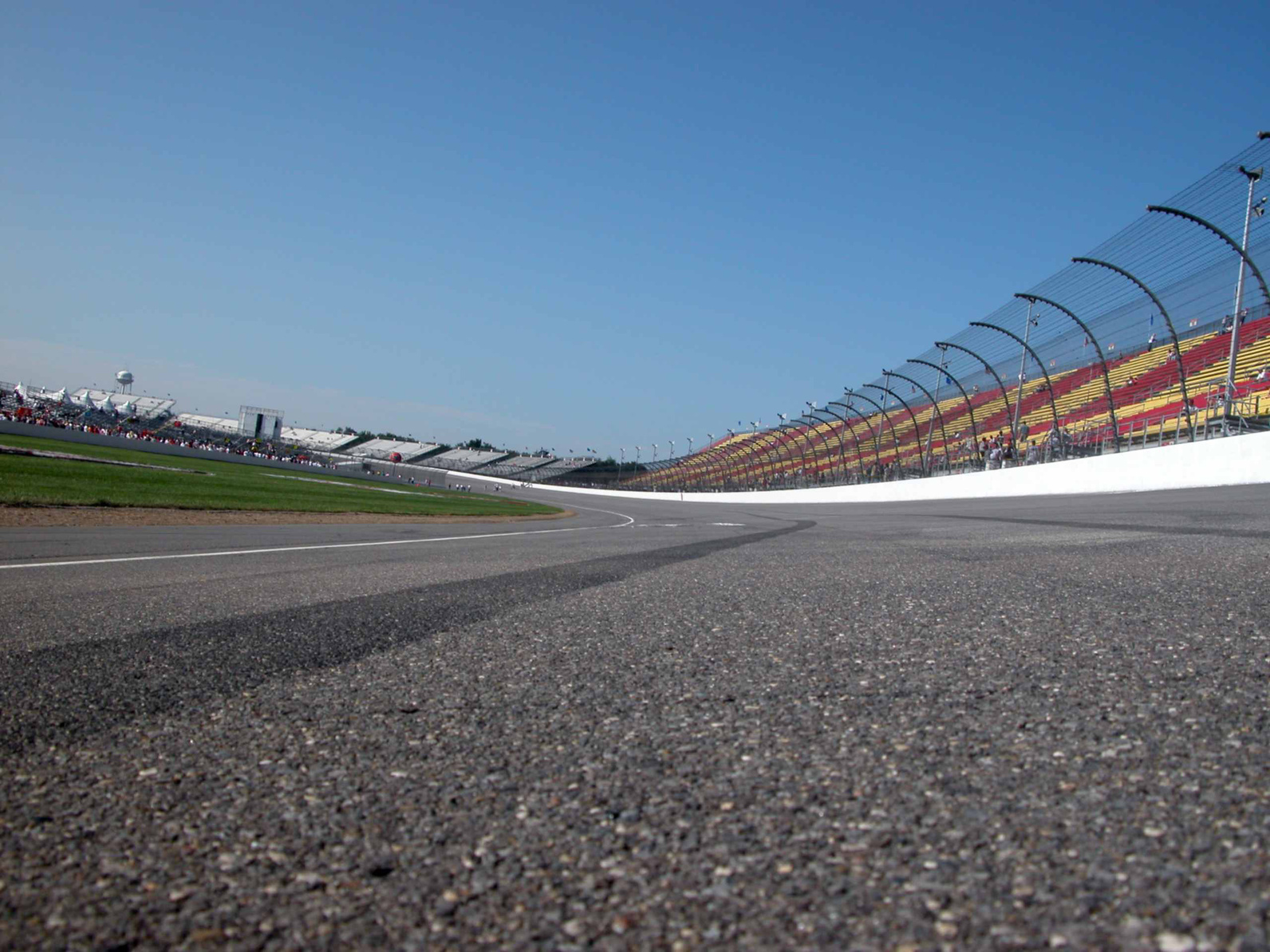
Racecars were first built to aid liquor bootlegging during prohibition. Bootleggers had the ingenious idea of building cars specifically designed for speed and handling so they could evade the police more easily. These specially-made cars were also equipped with more cargo capacity so they could carry more stock of illegal liquor, which is where the name stock car comes from. Once the repeal of prohibition came about, the need for such cars died out, but the appeal of fast driving thrived. Thus, the sport of car racing was born.
Official stock car races began in the Daytona Beach area in the 1930s amid the hard times of the Great Depression. That’s how William France Sr., the founder of NASCAR, found himself in Daytona. In an effort to escape the Depression, he entered the races. It worked out so well for him, that by 1938, he was running the Daytona course.
Automobile racing in that time was nothing like it is today. Drivers and car owners rarely saw eye to eye, and oftentimes the owners would take off with the winnings before paying their drivers. There was no foundation in place at the time to protect the drivers from such treatment, and France knew that something needed to be done about it. He got together with other racers and car owners who also disagreed with the current situation, and in 1948, the National Association of Stock Car Auto Racing, or NASCAR, was officially incorporated, ensuring that drivers and owners alike were treated fairly.
Any stock cars that raced in the newly-formed NASCAR could expect to race on a rutted, dirt track, which caused many accidents and casualties, but in 1950, all that changed with the first official race track in South Carolina called the Darlington Raceway. Soon after, the Daytona International Speedway was completed in 1959, and the first Daytona 500 race was held that year.
NASCAR has been known as a family business. The first Daytona 500 was won by Lee Petty, and several years after that, his legacy would be carried on by his son Richard, who won the race seven times before retiring in 1979 as the first ever NASCAR superstar.
NASCAR continued the tradition of family business, when in 1972, William France Sr.’s son, William France Jr., took over the presidency of NASCAR. Under his influence, NASCAR transformed from a sport only popular in the southeastern part of the United States to a sport with global television contracts, even more NASCAR sanctioned racetracks, and great marketing.
Today, NASCAR sanctions more than 1,200 races each year at over 100 tracks all over the United States. It also enjoys billion-dollar TV contracts, bringing the joy of stock car racing to homes all around the world.
Related Posts
As an EV owner, understanding your vehicle's battery is critical. From its capacity to its lifespan, and everything in between, we'll guide you through what you need to know to optimize your EV experience. So buckle up and get ready - we're about to shed some light on the electrifying world of EV batteries. What [...]
If your car is running hot, it can be a sign that something’s not right with your engine. Fortunately, diagnosing the cause of an overheating engine isn't too difficult if you know what to look for and how to address it. Keep reading if you want to learn the most common issues that occur when [...]
Your vehicle's exhaust system serves a critical role in managing the byproducts of the combustion process and ensuring optimal engine performance. The appearance of colored smoke from the exhaust pipe, either when stationary or accelerating, can provide valuable clues to underlying mechanical issues. What is a car exhaust? A car exhaust is a system [...]



